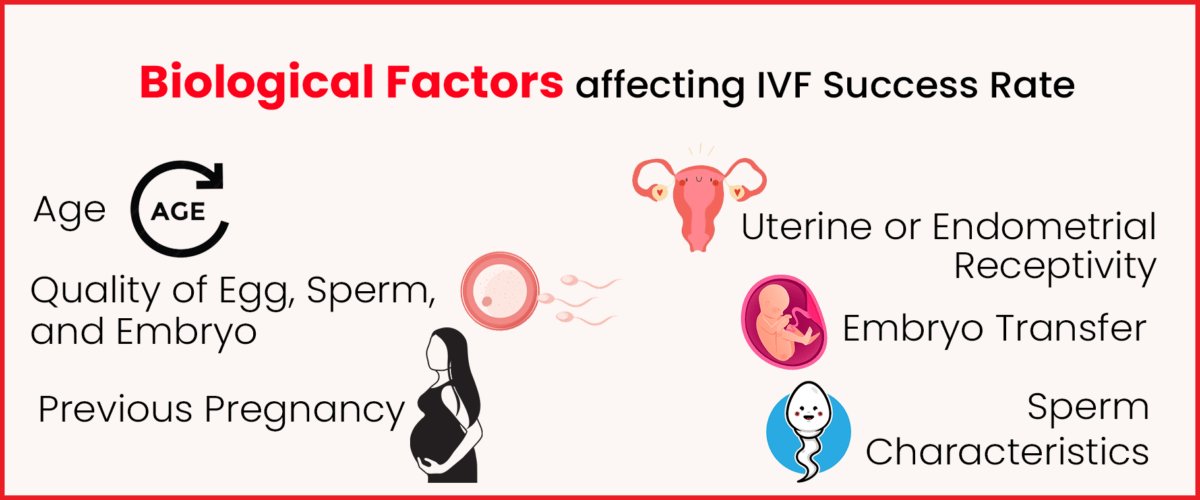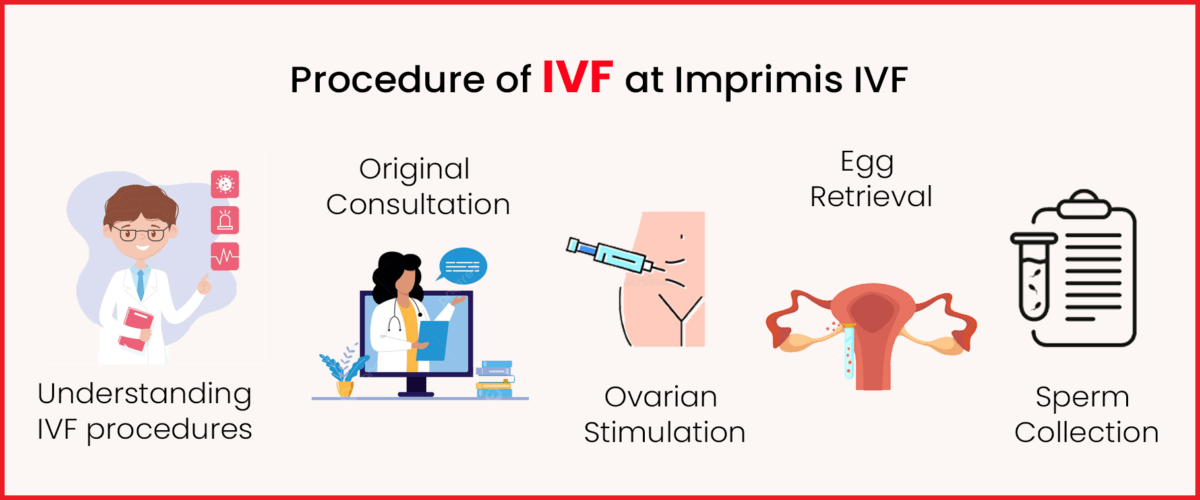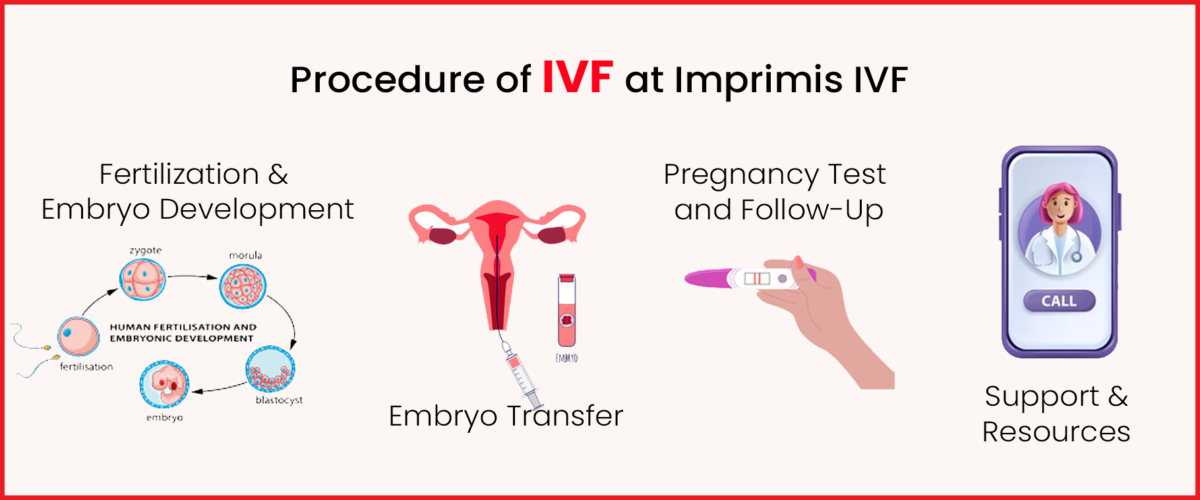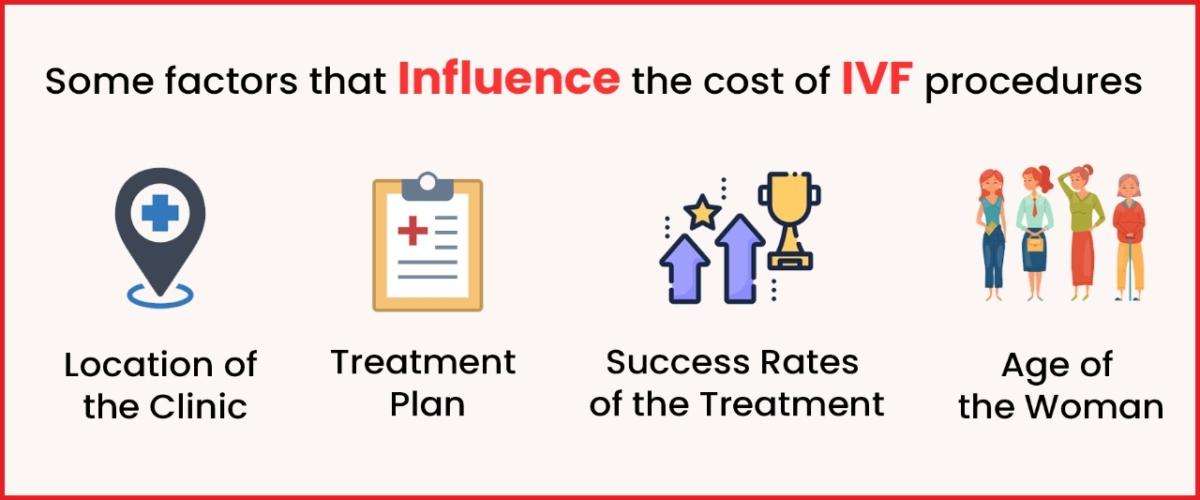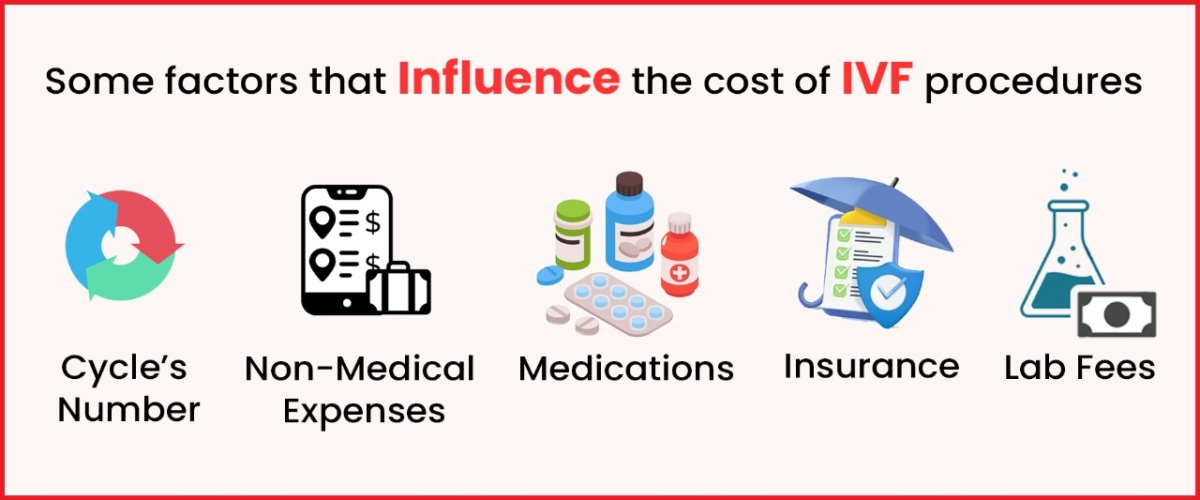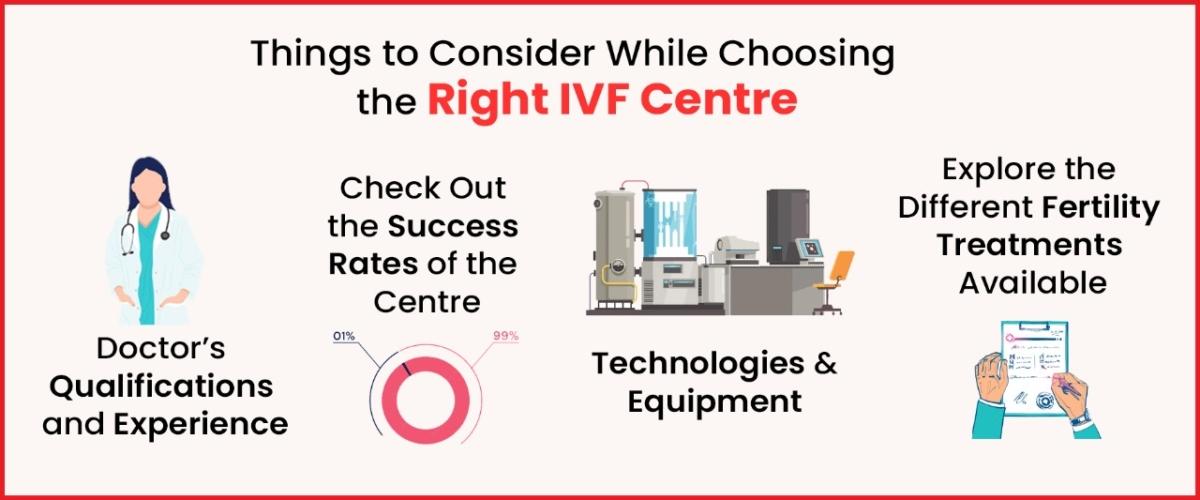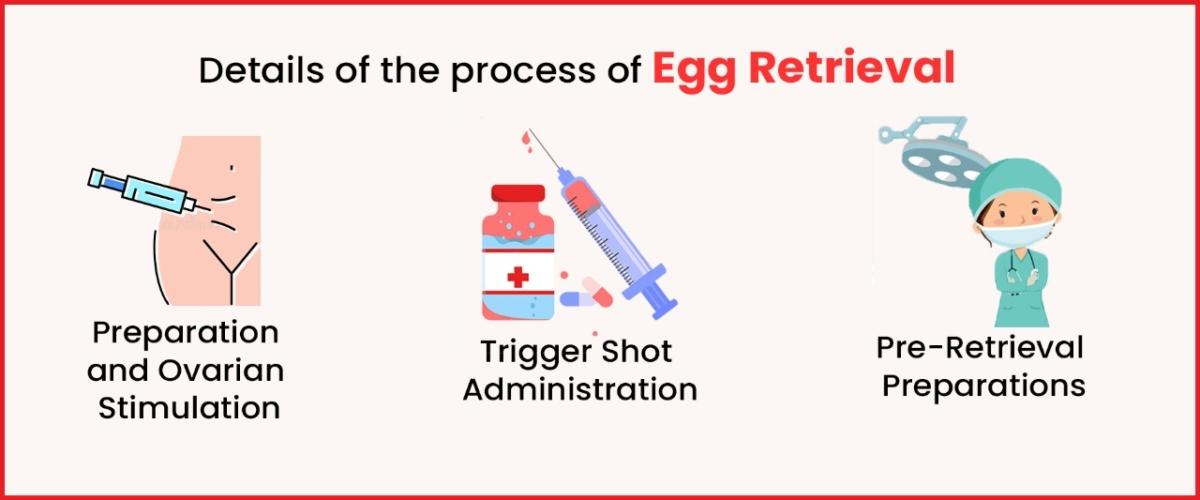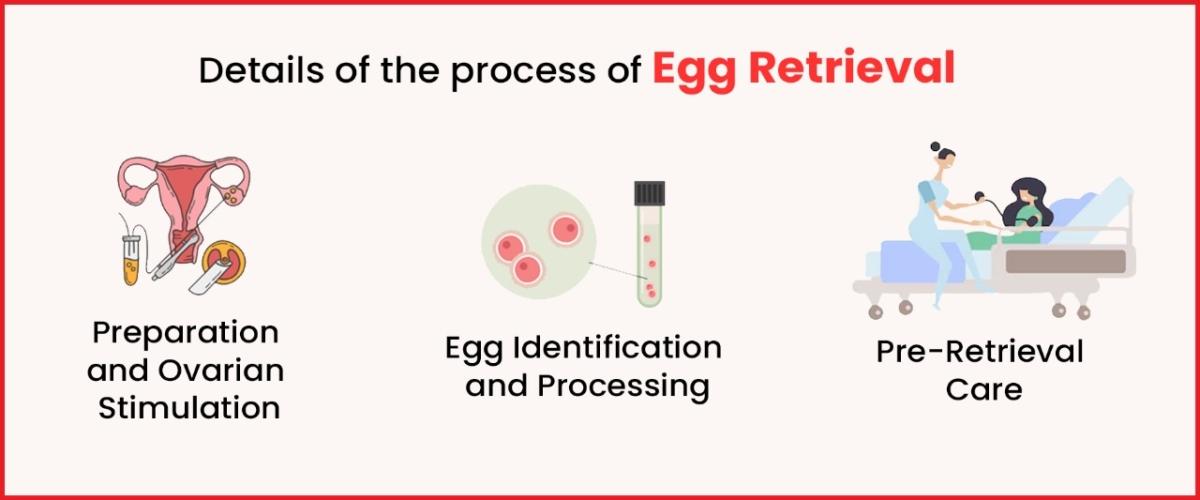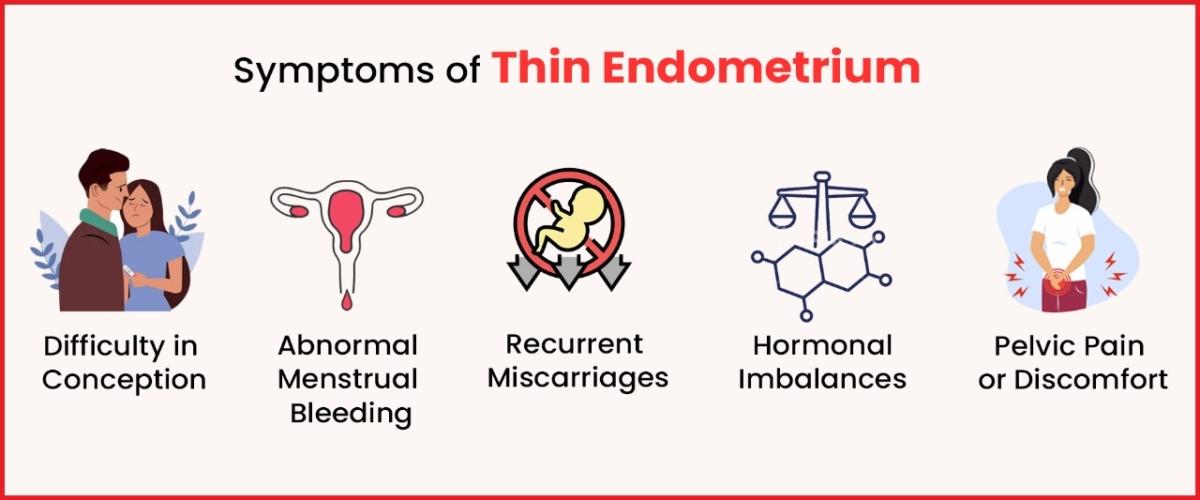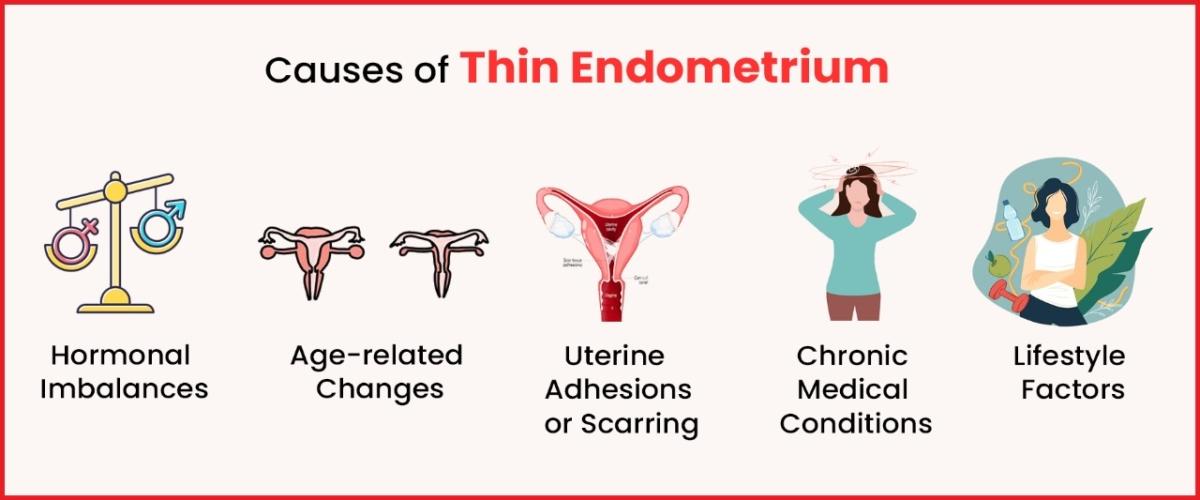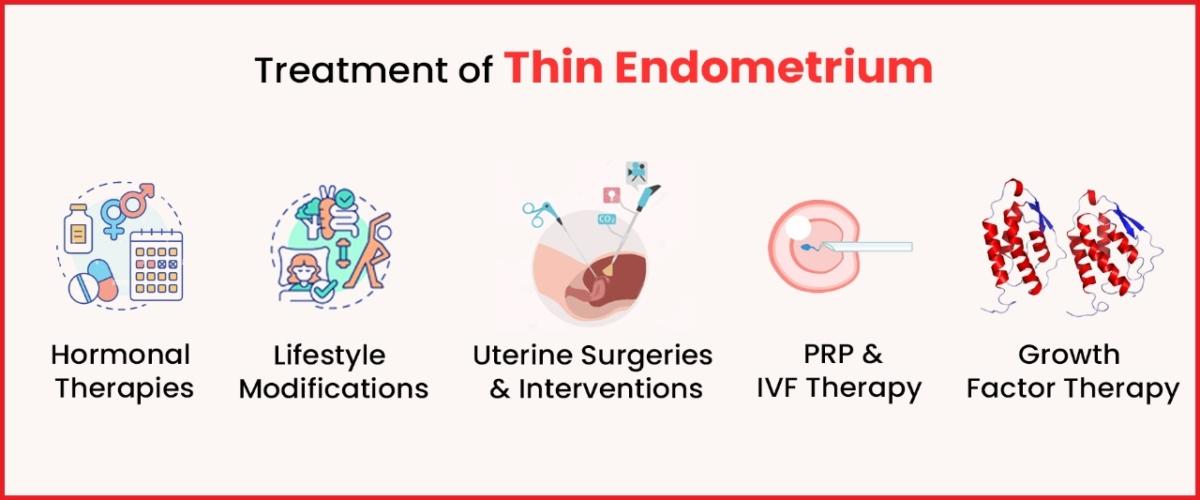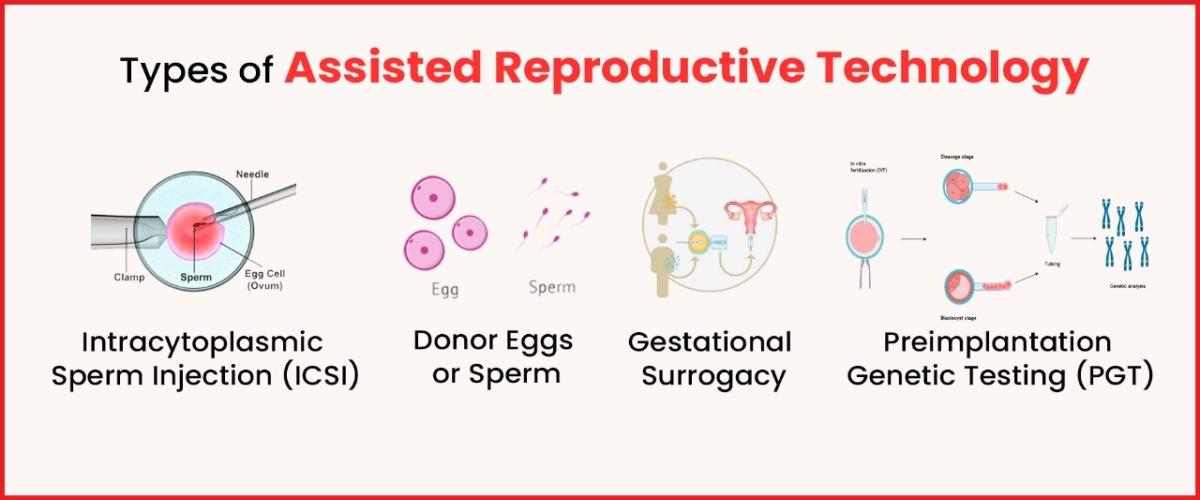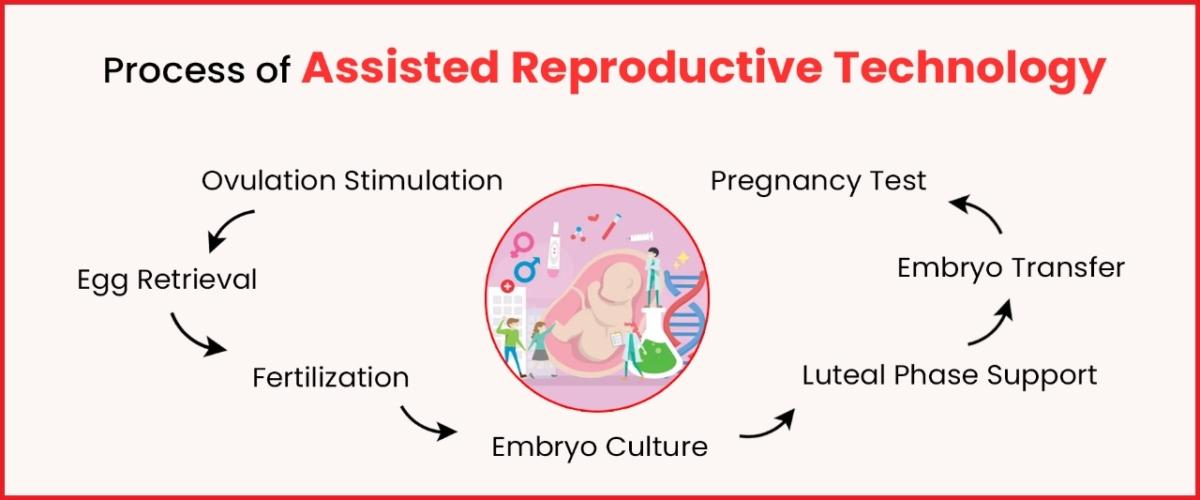Hydrosalpinx: Causes, Symptoms, Diagnosis & Treatment
Hydrosalpinx happens when a fallopian tube gets blocked with fluid due to illness or injury. It can lead to abnormal discharge, pain, and trouble getting pregnant. The fallopian tubes are crucial for reproduction. They connect to the uterus and carry eggs from the ovaries. If an egg meets sperm in the tubes, conception can happen, and the fertilized egg travels to the uterus to implant.
Certain illnesses or injuries can cause fluid buildup at the end of a fallopian tube, resulting in hydrosalpinx. Hydrosalpinx can cause reproductive problems like infertility or ectopic pregnancy. This article covers the Causes, Symptoms, Diagnosis, and Treatment of hydrosalpinx.
What is Hydrosalpinx?
Hydrosalpinx is when fluid builds up in one or both fallopian tubes, causing a blockage. These tubes connect your uterus to your ovaries. Every month during your menstrual cycle, your ovaries release an egg that travels through these tubes. Healthy tubes provide a clear path for the egg and sperm to meet and fertilize. If fertilization happens, the embryo moves through the tubes to the uterus, where it can implant and grow into a fetus. With hydrosalpinx, the fluid blockage stops this process. A blocked tube can prevent sperm from reaching the egg. The blockage can stop the embryo from reaching the uterus even if fertilization occurs.
If one fallopian tube has hydrosalpinx, it’s often found in the other one too, known as bilateral hydrosalpinx. Hydrosalpinx can hinder fertility treatment. According to previous studies, if a woman with hydrosalpinx undergoes assisted reproductive technologies like IVF, the success rate is halved compared to those without it. That’s why women seeking IVF are often advised to have the hydrosalpinx removed beforehand.
Moreover, hydrosalpinx seems to affect pregnancy success if a woman conceives, whether naturally or through fertility treatment. Scientists suspect that hydrosalpinx may cause toxicity in embryos and eggs and affect the endometrium, leading to poor embryo implantation and growth.
What are the Causes of Hydrosalpinx?
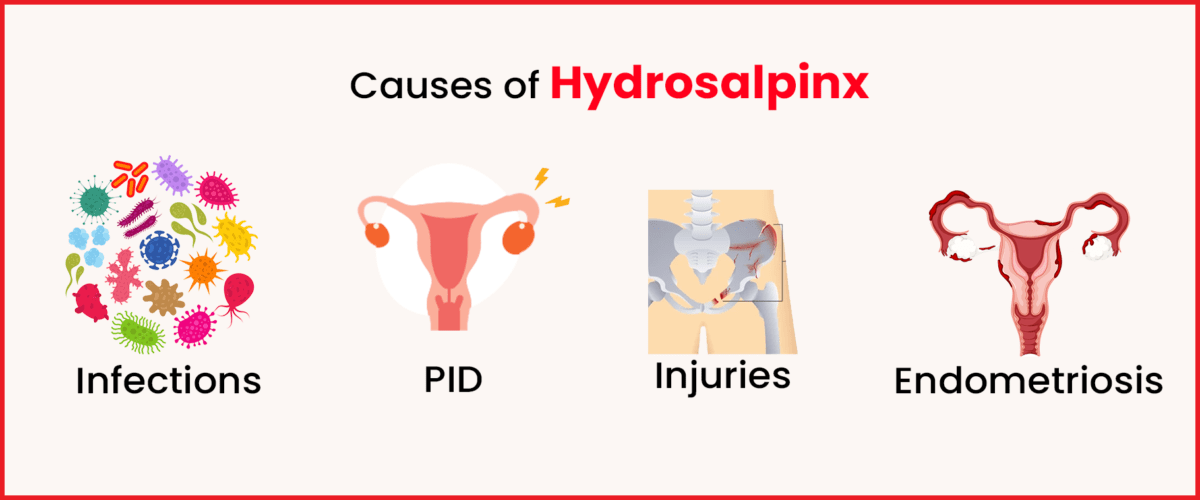
Hydrosalpinx often develops from an untreated infection in the fallopian tubes. Various factors can cause such infections, including:
- Untreated infections: Sexually transmitted infections (STIs) like chlamydia and gonorrhoea can cause inflammation and scarring.
- Pelvic inflammatory disease (PID): This infection can damage your fallopian tubes and other reproductive organs.
- Pelvic surgery scars: Scar tissue from surgeries like C-sections or appendectomies can sometimes block the tubes.
- Endometriosis: Tissue similar to the lining of your uterus can grow outside the uterus and block the tubes.
- Pelvic adhesions: Severe scar tissue that binds organs together can also block the tubes.
- Other infections: Sometimes, infections like appendicitis can spread and damage the fallopian tubes.
- Injuries: Injuries to the pelvis can also damage the tubes.
Infections damage the delicate finger-like fimbria at the end of the fallopian tubes. Fimbria are crucial for transporting eggs to meet sperm and facilitating fertilization. When injured, fimbria fuse together, blocking the tubes. This blockage leads to fluid accumulation in the tubes, preventing their normal function.
What are the Symptoms of Hydrosalpinx?
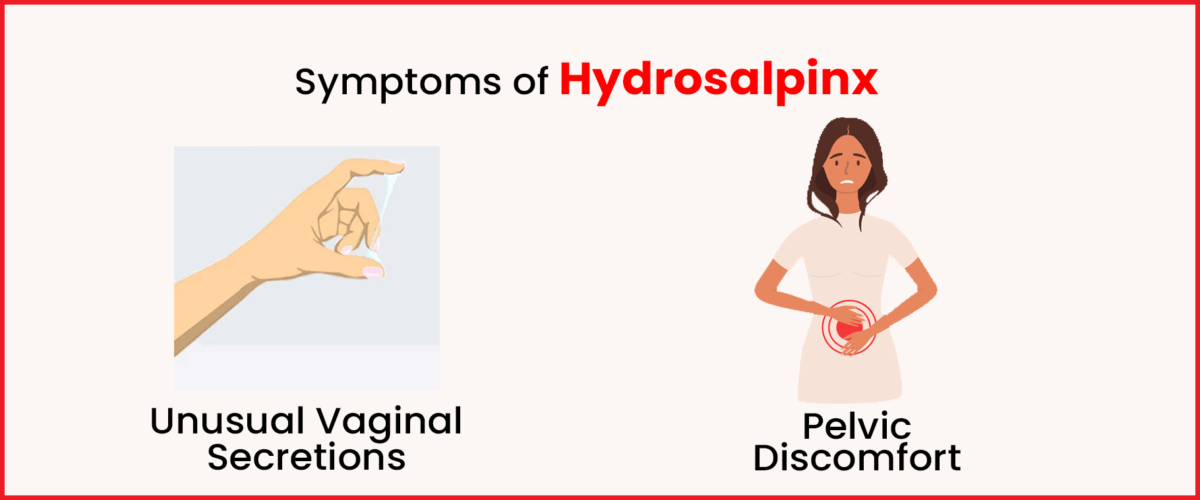
While hydrosalpinx may not produce noticeable signs for some, others may only discover they have this condition when trying to conceive, which proves challenging. As hydrosalpinx often does not induce perceivable symptoms, many people are only alerted to its existence if they face problems starting a family.
However, for some individuals, symptoms such as unusual vaginal secretions and stomach or pelvic discomfort may arise, particularly worsening throughout menstruation. The discharge and soreness could intensify with the onset of menstrual flow.
Diagnosis of Hydrosalpinx
Blocked fallopian tubes are a common issue encountered during fertility evaluations. To find blockages in tubes, doctors may perform the hysterosalpingogram (HSG), a specialized x-ray imaging test. In the HSG procedure, contrast material is injected traditionally from the chin and upstairs in the uterine and fallopian tubes. Being open and uninjured, the tubes supply the contrast material, which will spread effectively. Nevertheless, suppose any part of the tube gets clogged or swollen in some areas. In that case, the contrast material in the images may not be clear enough, or the excessive contrast material may be trapped in a swollen area.
Having the capability to settle whether the blockage can be classified as hydrosalpinx, a sono hysterosalpingography checkout will receive no alternative but to be performed since it is indeed the advanced variant of a hysterosalpingogram. Moderate-sized amounts of saline solution with air are injected into the cervix and then driven to the uterus with a syringe.
Thus, the procedure goes on. Next, a transvaginal ultrasound gives information by scanning visually by sending sound waves to see the reproductive organs. The fallopian tubes and the uterus can be examined by the sonographer utilizing an ultrasound beam as the fluids are passed through the sterile materials. Any obstruction or abnormalities can be diagnosed by this method. This gives doctors the possibility to make the prognosis as to whether the right or left fallopian tube or both are affected by hydrosalpinx.
While ultrasound imaging can help identify a hydrosalpinx in some cases, it does not always enable detection of the fluid-filled fallopian tube. A medical research study discovered that ultrasound examinations could only visually confirm the presence of a hydrosalpinx in approximately one-third of patients affected. Laparoscopy can also serve as a useful diagnostic tool for hydrosalpinx. The procedure allows physicians to visually examine the fallopian tubes and surrounding pelvic region to determine if a hydrosalpinx is present. Any fluid-filled cysts or abnormalities affecting the tubes will be visible.
Treatment of Hydrosalpinx
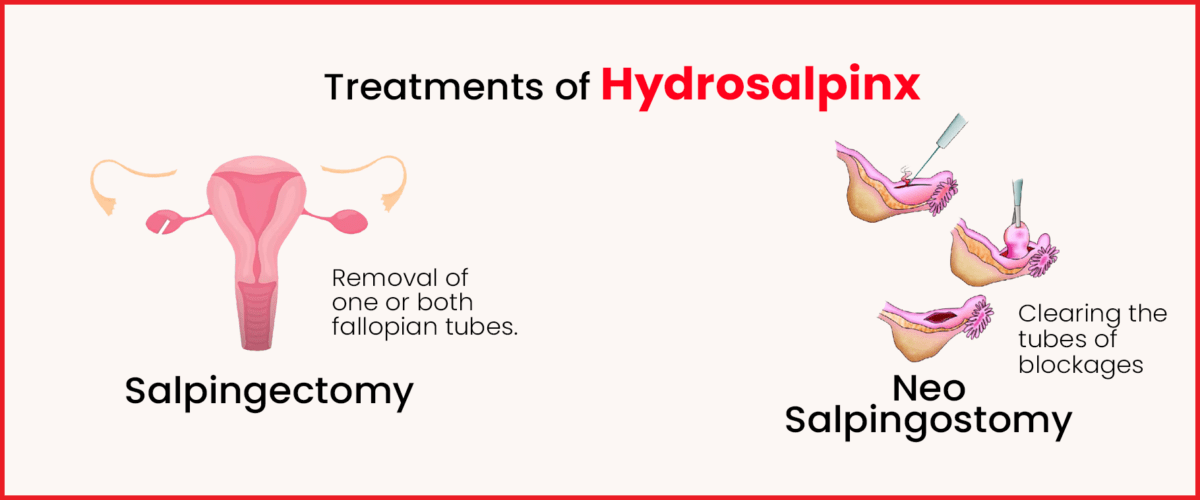
Treating hydrosalpinx can improve your chances of getting pregnant. Your treatment options depend on factors like your age and the severity of the blockage. Your doctor may prescribe medications to treat any remaining infections. Some surgical options may include the following:
- Salpingectomy: Removal of one or both fallopian tubes.
- Neo salpingostomy: Clearing the tubes of blockages. This is usually done through laparoscopy. During the procedure, your doctor makes a small incision in the fallopian tube to remove blockages and reopen the sealed ends.
Salpingostomy is less common now because it’s less successful in achieving pregnancy compared to IVF. Many people opt for IVF instead of fallopian tube surgery after hydrosalpinx treatment. Your doctor can advise you on the best option based on your situation.
Conclusion
Hydrosalpinx seems to be a massive threat to fertility and human reproduction. The cause for this ailment could be a result of different factors, including untreated infections, pelvic surgeries, or endometriosis, which characteristically interferes with the normal function of the fallopian tubes and thereby reduces the possibility of pregnancy and increases the risk for ectopic pregnancy.
Although the symptoms can be too subtle to notice, accurate diagnosis through hysterosalpingogram (HSG) ultrasound and sonohysterography (SHG). The procedures are crucial since these blockages can be found. The choice of treatment you use can be prescribed medicine or technical procedures such as salpingectomy or neo-salpingostomy, as they result in better fertility outcomes. Consequently, customized treatment plans based on cases that will be established to meet every patient’s requirements and conditions become indispensable in treating hydro supposedness correctly.

